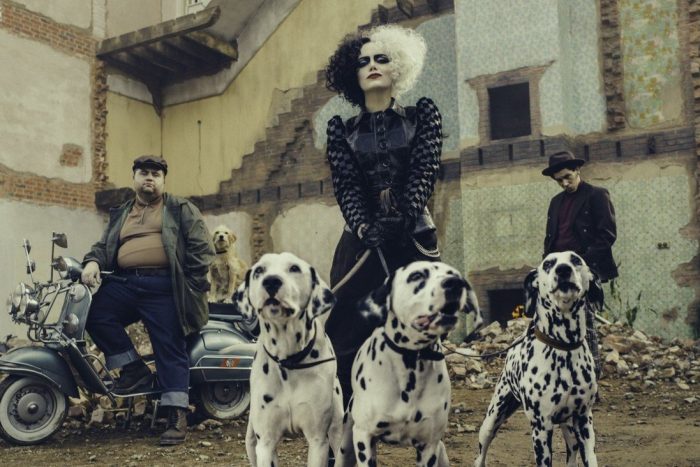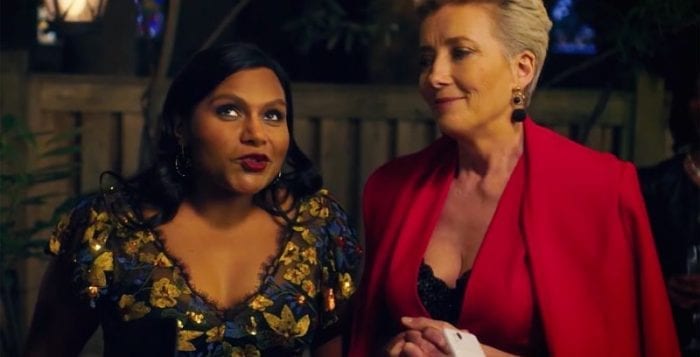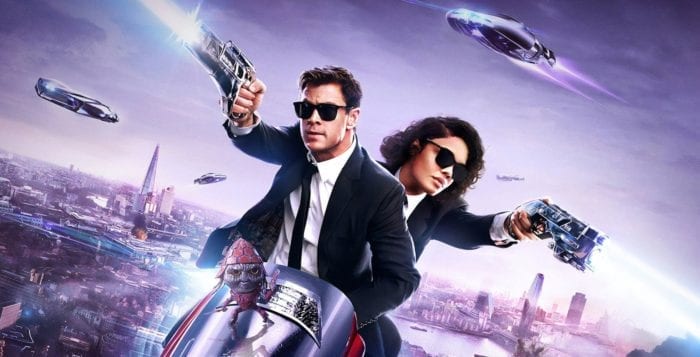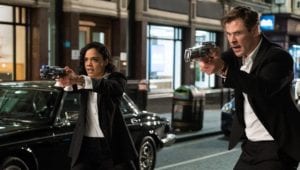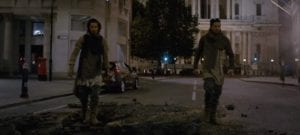Reviewed by Jeffrey Sanzel
Villains are by far more interesting than heroes. The antagonist seems to have the opportunity for greater richness; there is an opportunity for variety and texture that is often absent in the world of the “good.” Snow White and Sleeping Beauty and Cinderella are almost interchangeable. But the difference between the Wicked Queen, Maleficent, and the Stepmother is an entirely different story. Disney’s rogues’ gallery includes the aforementioned three as well as infamous favorites Captain Hook, Jafar, Scar, and Ursula.
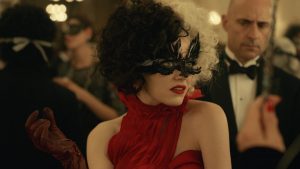
Perhaps most unusual in the lot is The 101 Dalmatians’ Cruella de Vil, created by Dodie Smith for her 1956 novel. While her name is a pun/elision of “cruel” and “devil,” there is also the possibility it is a reference to the Rolls-Royce 25/30 Sedanca de Ville motorcar Smith purchased in 1939. In any case, the character’s goal is to make puppy pelts into fur coats. In a world of villains with questionable actions, something about this separates her from general wickedness.
Following the successful animated film (1961), the story found its way into various television series, before being recreated in a live-action outing (1996) and a sequel (2000), with Glen Close headlining as Cruella, reimagined as a fashion house magnate specializing in fur haute couture.
Now comes Cruella, a prequel to the entire canon, offering the character’s backstory. Directed with great style by Craig Gillespie, it has a screenplay by Dana Fox and Tony McNamara, from a story by Aline Brosh McKenna, Kelly Marcel, and Steve Zissis. McKenna, who penned a screenplay for the project in 2013, is best known for her adaption of The Devil Wears Prada. (Keep this fact in mind.)
The film opens in 1954, with the birth of Estella, crowned with her natural half-black/half-white hair. Raised by a single mother, the action jumps ten years to her entering school, where the rewards for being strong and standing up to bullies are demerits that result in her expulsion. The young Estella (a decidedly spot-on performance by Tipper Seifert-Cleveland, without a whiff of precociousness) shows a knack for extreme fashion, so her mother decides for both their benefits to relocate to London. On their way, they make a stop at a remote manor where a gala is underway. Estella witnesses her mother pleading with the unseen hostess for money before her mother is driven over a cliff by the hostesses’ dalmatians. Estella thinks she caused it and carries this guilt throughout her life.
Estella escapes to London, where she takes up with two scrappy urchins, Horace and Jasper (Ziggy Gardner and Joseph MacDonald, both terrific and a match for Seifert-Cleveland). She joins them and learns the ropes of survival through petty crime. Fast forward ten years to the swinging London of 1974, and the trio have elevated their grifts, but, more importantly, have formed a family built on mutual respect, trust, and love.
Estella is still obsessed with fashion, so Jasper arranges an entry-level job for her as a cleaner at the high-end Liberty department store. There she is discovered by Baroness von Hellman, the dangerously self-absorbed (and just plain dangerous) haute couture designer. Estella goes to work in von Hellman’s factory-like design house, a place of abuse and terror. What follows is the birth of Cruella, Estella’s alter-ego that her mother had encouraged her to suppress as a child. Cruella becomes a sort of superhero/supervillain/anti-hero/competitive designer.
This split personality reflects in the screenplay that is part origin story (think The Joker meets Harley Quinn meets dominatrix), part personal awakening, part send-up of the fashion industry, part heist movie, and part Disney caper. You can see the problem. The film never lands on a tone or style for too long before it shifts or twists. The dialogue is full of quips and is delightfully arch, and the first half plays at an engagingly break-neck pace.
But, the second half slows and repeats. Issues of nature versus nurture, the driving forces of guilt, and the need for revenge (Estella/Cruella refers to this as the sixth stage of grief) swirl around the film, either enriching the experience or confusing the flow, depending on your point of view. Moreover, much of it makes no sense to what has been established about Cruella in the later works. At two hours and fifteen minutes, there is too much material with no real commitment.
However, in the win column is a uniformly phenomenal cast, with not a weak link or false performance.
At that center is Emma Stone, who never fails to delight. As Estella/Cruella, she hits bottom and bounces back; she plots and plans and schemes. And while Cruella is a larger-than-life character, Stone never loses her center. Glen Close (who played Cruella in the Disney live-action movies) was brought on as an executive producer for character continuity. There is little that connects the style and quality of the two actors. Close, who finds her villainy in a brittle soprano, is nothing like Stone’s earthy, growling alto, whose performance is reminiscent of Tallulah Bankhead. (There is an homage to this with a clip from Hitchock’s Lifeboat.) Whether the put-upon Estella passing out drunk in a store window or the leather-clad, crop-wielding Cruella, she is a wicked triumph. (The film’s PG-13 rating could be summed up in that sentence.)
Matching Stone stitch for stitch (forgive the pun) is Emma Thompson as the vicious Baroness von Hellman. Similarities to Meryl Streep’s Miranda Priestly of The Devil Wears Prada are less than subtle. Miranda and the Baroness are cut from the same cloth (forgive the pun). But the similarities do nothing to detract from Thompson’s outrageous, hilarious monster. Every line drips with venom; every look is a poison dart. Whether she is slashing a dress with a straight razor, taking a nine-minute power nap, or ordering a murder, she is both contained and over-the-top, and pure comic danger.
Joel Fry is wonderfully understated as Jasper, the thief who cares for Estella. As a sister and perhaps more, his love for her embodies the power of what we do for the family we make. He pairs perfectly with Paul Walter Hauser’s Horace, a bumbling cross between James Corden and Bob Hoskins. The duo is the perfect double-act, caring and funny, physical and heartfelt.
Kirby Howell-Baptiste brings a wide-eyed wryness to Estella’s sole childhood friend, Anita Darling, now a gossip columnist. Mark Strong (looking like Stanley Tucci) is stoic as John, The Baroness’ trusted henchman. John McCrea finds depth in the flamboyant vintage clothing store owner, Artie. The supporting company is strong, with great timing, and all are playing in the same story.
Award-winning costume designer Jenny Beaven created a visual explosion that perfectly complements Fiona Crombie’s rich and varied production design.
For those looking to connect the source material to the origin story — or are looking for a great outing for the kids — Cruella isn’t for you. But if you want to revel in sensational performances in a stunning setting, and often laugh-out-loud antics, there are worse ways to spend a couple of hours.

